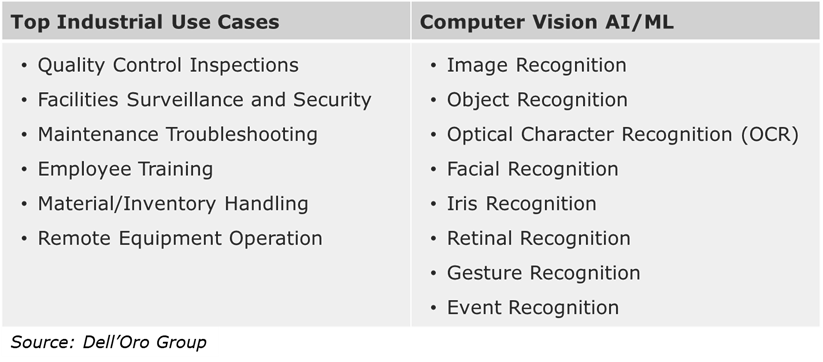Back in September, Charter Communications and Disney were locked in a tense renegotiation of their TV redistribution agreement. The ongoing discussions threatened to result in blackouts for Charter’s video subscribers of NFL and college football games, just as both seasons were beginning to ramp up. Fortunately, both sides came to a historic agreement, which now sets a precedent for future re-distribution negotiations for all video service providers by effectively ending the traditional bundling of linear channels and instead giving video providers more flexibility in how they bundle linear and streaming content.
Traditionally, video providers would be forced to take a bundle of linear channels from a content owner. In the case of Disney, that would include the very popular ESPN and FX, along with the far less popular Freeform, Nat Geo Mundo, Baby TV, and FXX, among others. Instead of being forced to take a bundle of channels, only two of which Charter (and its subscriber base) felt were valuable, Charter proposed packaging ESPN and FX along with access to its ad-supported streaming services Disney+ and ESPN+. Charter will pay a wholesale rate of an estimated $3 per month to provide free access to Disney+ to its 9.5M Signature Select customers, as well as ensuring that Charter’s customers will also receive ESPN when it moves to a direct-to-consumer streaming platform.
The deal includes wins and losses for both sides. For Disney, the deal means more subscribers to its Disney+ offering and more value to advertisers. However, it also means that those channels that Charter does not want to carry are now on life support. If, as expected, other video providers follow suit and negotiate similar arrangements, subscriber numbers for those channels will ultimately dwindle to zero.
For Charter, the deal ends the double-dipping by content owners—essentially using the subscription revenue from the linear channels to subsidize the content creation and marketing of direct-to-consumer streaming services. Now, the streaming services are just different channels on the traditional cable TV lineup. It also replaces a group of low-value channels with limited viewership with high-value streaming channels that customers previously paid separately for.
Deal’s Impact on Broadband
For Charter and subsequently for all other cable operators, the deal provides tremendous benefits to their broadband networks and services, as well as their likelihood of retaining broadband customers in the face of increasing competition from fiber overbuilders and fixed wireless providers.
The most obvious benefit is the reduction in the total number of channels Charter has to carry and, thereby, the amount of spectrum and bandwidth it uses to deliver these linear channels. This reclaimed bandwidth can be used in conjunction with its high-split DOCSIS 3.1 and eventual DOCSIS 4.0 upgrades to deliver even more bandwidth to consumers. Imagine if Charter is able to negotiate similar distribution deals with Warner Bros. Discovery, which offers some 30 different channels spanning news, lifestyle, and general entertainment. Further, consider the reclaimed bandwidth through a deal with Paramount Global.
Now, Charter has already likely moved many of the less popular channels onto a switched tier, whereby the channels are only delivered to a set-top box when requested by a user. But there are far more cable operators that never deployed switched digital video (SDV) than did. So, their potential reclaimed bandwidth would be significant.
Beyond just increased bandwidth, by adding more streaming content, delivered via IP, cable operators can also continue their move away from traditional, QAM-based delivery of video. Cable operators (and video providers, in general) have continued to watch their linear subscribers, and revenue declines while overall video consumption continues to increase. For customers who are consuming video via SVOD services like Netflix, Hulu, and Max, AVOD (Advertising-based Video on Demand) and FAST (Free, Ad-Supported Streaming Television), and via Instagram Reels, YouTube Shorts, and TikTok, linear TV just doesn’t have a place, especially with content costs continuing to increase annually.
But cable operators need to find ways to ensure those non-linear video consumers remain broadband customers. They can do this and add value to an increasingly distributed viewing experience by becoming content aggregators and ensurers of high Quality of Experience. This is exactly what Comcast, Charter, and others intend to do through the Xumo platform, and what other operators are doing via their partnerships with TiVo. Instead of always being the middleman and having to pass along price increases to their subscribers due to the increasing cost of content, operators can add value by delivering a unified interface for all SVOD channels, FAST/AVOD channels, and their own IP-based linear TV service, all with flexible pricing packages to match a customer’s budget. The operator can provide content discovery features and multiple viewer profiles through a single interface, among other features.
Ultimately, the goal for operators is to generate as much revenue as possible from a bundled video offering to what were previously broadband-only households. Equally as important as the additional revenue is the higher likelihood of retaining these broadband subscribers.








